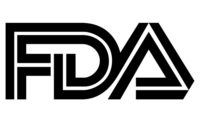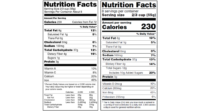The U.S. Food and Drug Administration has issued draft guidance that would allow manufacturers to exclude allulose from total and added sugars declarations on nutrition labels.
Allulose is a low-calorie sweetener that naturally occurs in small amounts in wheat, some fruits and a variety of other foods. It can also be manufactured.
Under the FDA’s 2016 Nutrition Facts label rule, allulose must be counted toward the amount of total carbohydrates, total sugars and added sugars. Additionally, the rule required counting allulose as four calories per gram of sweetener.
In a first for the agency, the draft guidance says that the FDA intends to allow manufacturers to leave allulose out of total and added sugars declarations, as well as allowing manufacturers to use 0.4 calories per gram when calculating calories from allulose in a serving of a product. However, manufacturers must continue to include allulose in the total carbohydrates declaration and on ingredients lists.
“The latest data suggests that allulose is different from other sugars in that it is not metabolized by the human body in the same way as table sugar,” says Susan Mayne, director of the FDA’s Center for Food Safety and Applied Nutrition. “It has fewer calories, produces only negligible increases in blood glucose or insulin levels, and does not promote dental decay.”
The FDA plans to release additional guidance to help manufacturers in complying with new labeling requirements, including a guidance to address the declaration of added sugars on packages and containers of honey, maple syrup and certain cranberry products.




